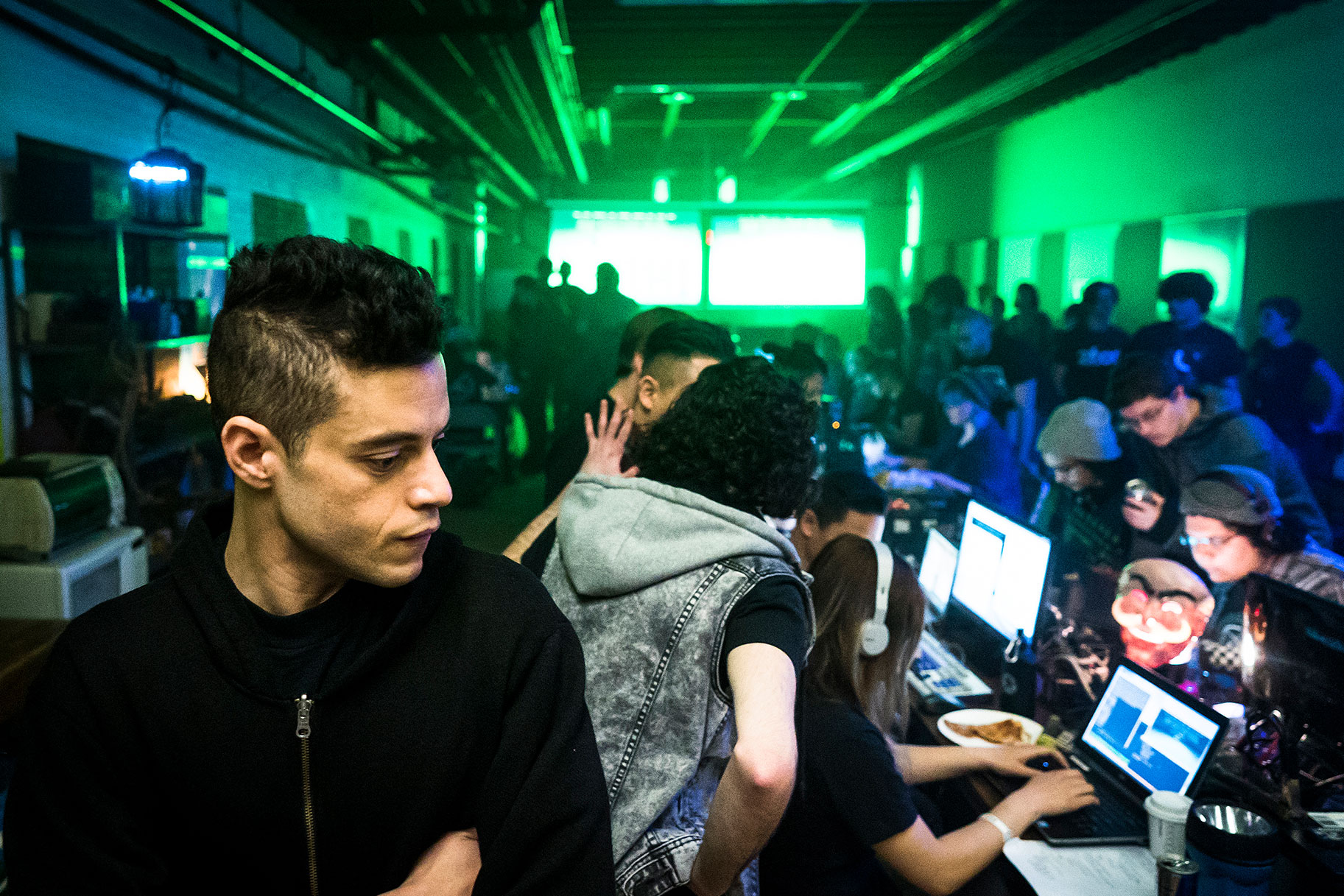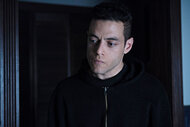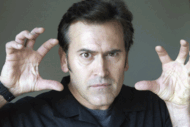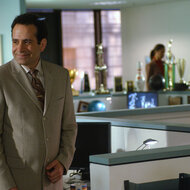How Accurate Is The Hacking In 'Mr. Robot'? Well...
"Mr. Robot" focuses on a community of hackers, but how accurate is its depiction to real life?

During its four-season run on USA Network, “Mr. Robot” was a show that prided itself on putting the life of hackers front and center. As a result, the minds behind the Emmy-winning hit took great pains to ensure that the hacking was depicted as realistically as possible.
Unlike most other shows where “hacking” can be a loosely defined plot device that moves the story forward by having someone bang on a keyboard for a little while, the concept of computer hacking is not a means to an end for “Mr. Robot.” The world of hacking is the whole plot. As a result, creator Sam Esmail made sure there was a robust team of technical cybersecurity experts working on every season.
This ensured hacking was not treated like a wizard waving a magic wand to make impossible things happen through the nebulous explanation of “technology” or “hacking.”
RELATED: The 5 Best Episodes Of 'Mr. Robot,' According To Fans
“They wanted to show that you could present technology in general and hacking in particular in a way that was accessible to a generalist audience, so they relied on the tech consulting team to help them bring real-world examples and situations into the plot,” IT and cybersecurity expert James Plouffe wrote in a column for Vox in 2016. (Diehard fans may also recognize the name from one of the most infamous moments on the show).
This directive meant the team of technical experts worked closely with the show’s writers. While the creative minds behind the show figured out what was going to happen next and why, the hacking experts made sure there was a “how.” This commitment to accuracy often meant holding up the writing process.
“We knew if we weren’t accurate, people wouldn’t care for the show,” said Michael Bazzell, a former cybercrime investigator with the FBI who worked on “Mr. Robot,” told Vulture in 2015. “We’ve had a couple of moments we altered that weren’t devastating to the storyline. The scripted technology didn’t work. It wasn’t plausible, and we didn’t want to sell something not plausible to the audience. We stopped and we made changes. To give Sam credit, the moment either myself or Kor Adana, another technical adviser, says something isn’t right with the technology, the world stops until we get it right. There are no shortcuts or cheat sheets — Sam gave very specific instructions to not stop until each episode was accurate.”
However, sometimes concessions have to be made to make something work for TV. For example, the show’s depiction of IP addresses were often inaccurate because it would be unsafe to use a real IP address. In addition, simple things that are a given in the hacking community like cracking a password through the use of a program are truncated so as not to slow down the action.
“When dealing with this kind of a show on hacking, there is no option but to suspend time somewhat. If you wanted a perfect hacking show, the entire season would be using a John the Ripper to run against a password,” Bazzell explained. “That would be the whole show. I understand those concessions have to be taken. You have 44 minutes in an episode to convey what you want, so you have to suspend time.”
He added: “Do you want to show the audience member 20 minutes of brute force or dictionary attacks, or do we have to suck it up and say the technology has been proven, let’s speed the story along?”
So, while there was still some TV magic at play on “Mr. Robot,” the reality is that a great deal of the work to make the show involved making sure that everything was written around being one of the few shows on TV to depict the world of hacking as realistically as humanly possible.














